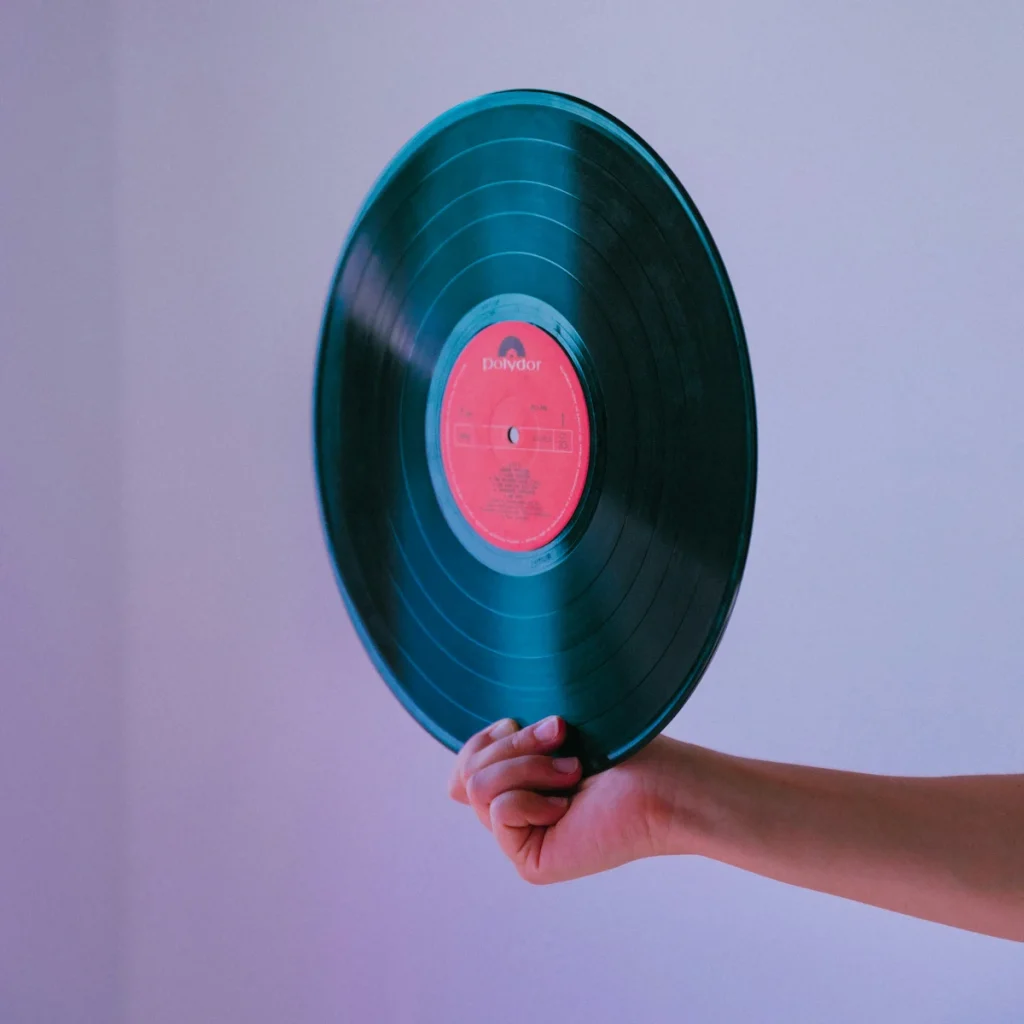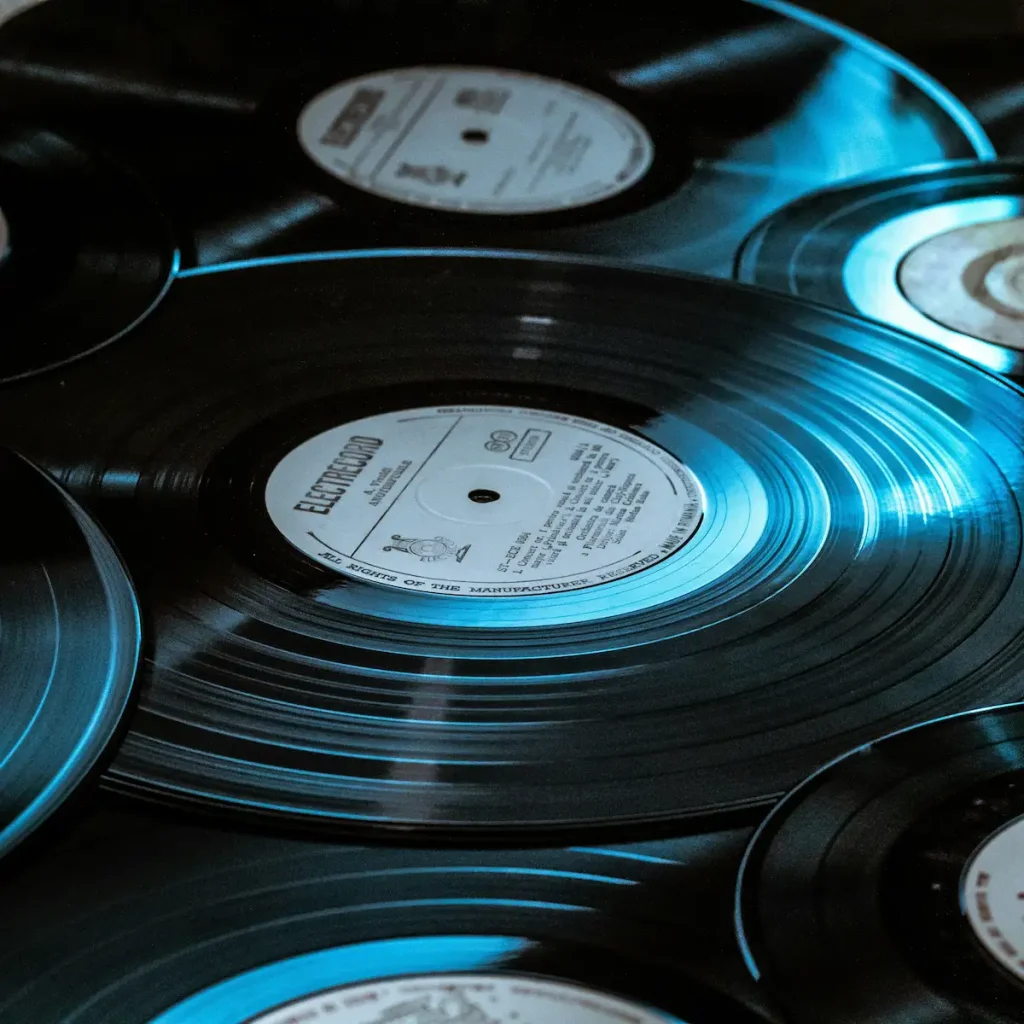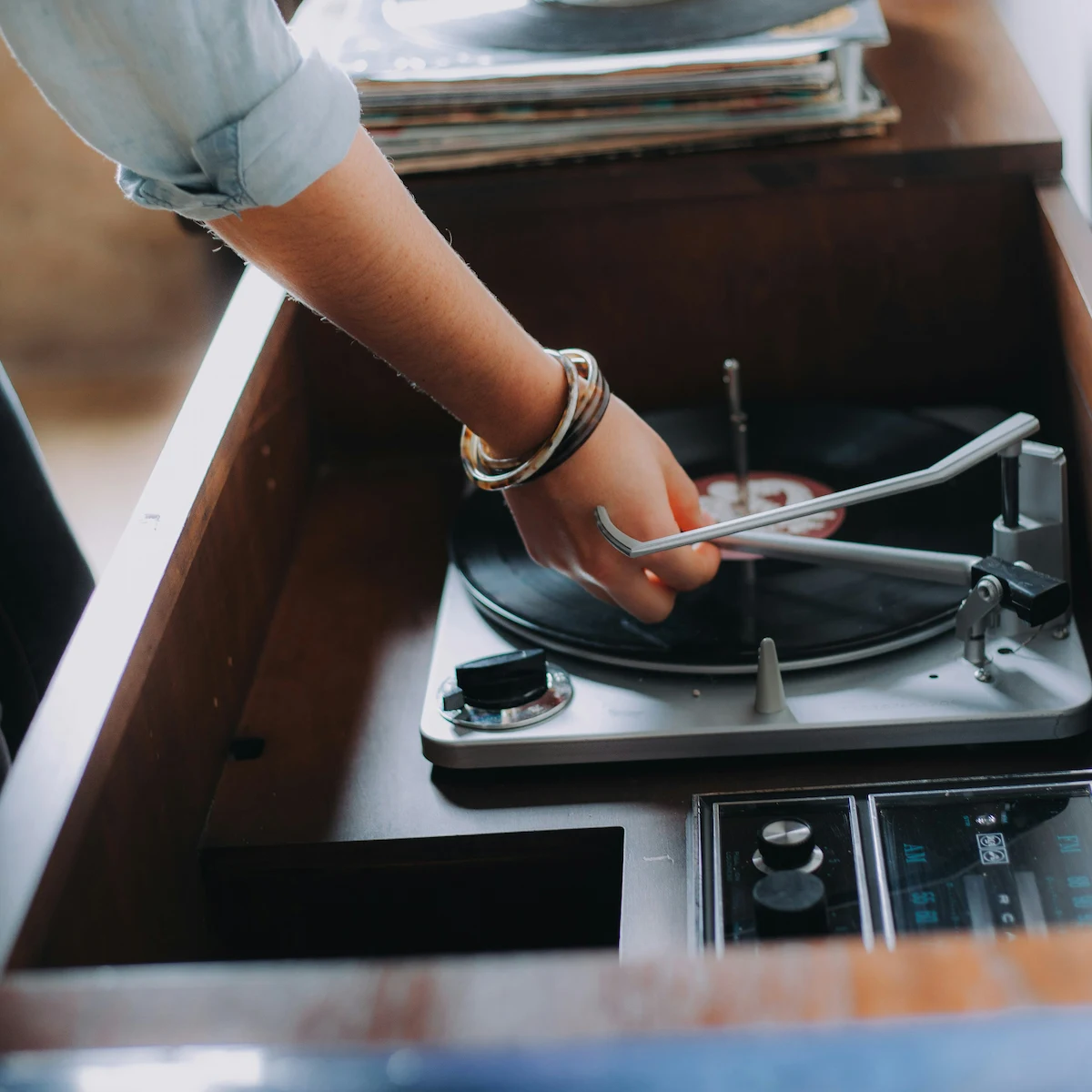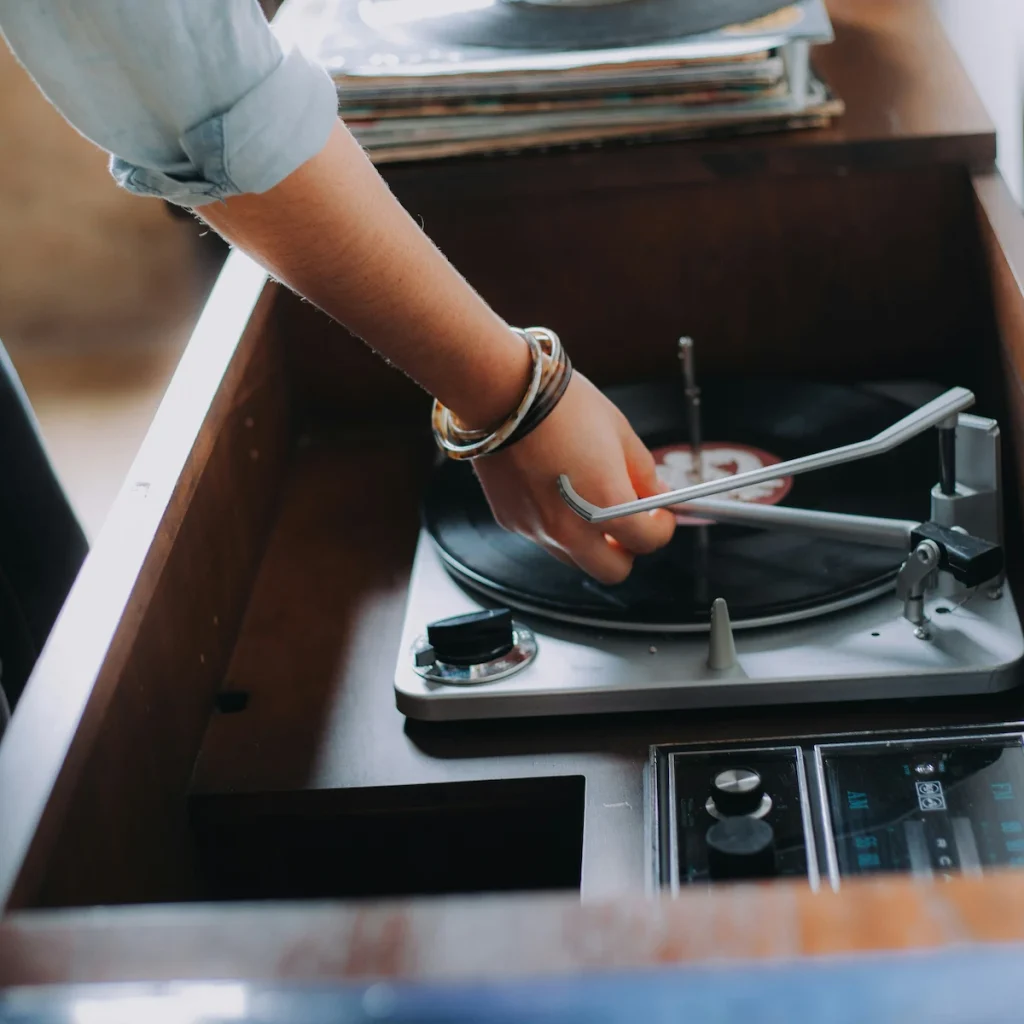In an era of digital streaming and compact discs, vinyl records have experienced a remarkable resurgence.
But have you ever wondered how these seemingly simple discs produce such rich, warm sound? At DJ Records, we’re passionate about vinyl and excited to take you on a journey into the fascinating world of how vinyl records work.
The Anatomy of a Vinyl Record
Before we dive into the mechanics, let’s break down the components of a vinyl record:
- The disc: A flat, circular plate made of polyvinyl chloride (PVC) plastic.
- The grooves: Tiny, spiral indentations that run from the outer edge to the center of the disc.
- The label: The center part of the record that displays information about the recording.
The Science of Sound
To understand how vinyl records work, we need to grasp the basics of sound:
- Sound travels through the air as waves created by vibrations.
- When these vibrations reach our ears, our brains interpret them as sound.
- The key to vinyl records is their physical ability to store and reproduce these vibrations.
The Recording Process
The journey of a vinyl record begins in the recording studio. Here’s a simplified version of how music gets onto vinyl:
- The audio is recorded and mixed in the studio.
- A master recording is created on a lacquer-coated aluminum disc using a cutting lathe.
- The lathe cuts a groove into the lacquer corresponding to the audio waveform.
- This master is used to create a metal stamper, which is then used to press the grooves into vinyl discs.
The result is a disc with a continuous spiral groove that contains all the audio information of the recording. This process is what gives vinyl its unique character and is part of why collectors and enthusiasts seek out old records.
Playing the Record
Ever wonder how vinyl records turn grooves into music? Here’s a quick breakdown of the key components and how they work together:
- Turntable – This is the rotating platform that spins your record at a consistent speed (typically 33 1/3 or 45 RPM). A steady rotation is essential for accurate playback.
- Tonearm – The pivoting arm that holds the cartridge and stylus. It’s carefully balanced to ensure just the right amount of pressure is applied to the record surface.
- Cartridge & Stylus – The stylus (needle) is usually diamond-tipped and sits in the cartridge. As the record spins, the stylus traces the grooves, picking up microscopic vibrations.
- Signal Conversion – The cartridge converts those vibrations into electrical signals. This is where mechanical movement is converted into audio data.
- Phono Preamp – The electrical signal from the cartridge is very weak and requires amplification. The phono preamp amplifies and equalizes the signal to prepare it for playback.
- Speakers – Finally, the amplified signal is sent to your speakers, which convert it into the sound you hear — bringing the music to life.
Understanding how a turntable works not only deepens your appreciation for vinyl but also helps you care for your gear and your collection. Whether you’re spinning records daily or preparing to sell a long-held collection, understanding the mechanics behind the sound adds another layer to the vinyl experience. At DJ RECORDS™, we’ve seen it all — from pristine hi-fi setups to decades-old turntables still going strong.
The Magic in the Grooves
The grooves on a vinyl record are a physical representation of the sound waves of the recorded music. If you were to look at them under a microscope, you’d see that they’re not smooth but filled with tiny bumps and valleys.
As the stylus moves through these microscopic undulations, it vibrates in a way that corresponds to the original sound waves. The left and right walls of the groove contain different information, allowing for stereo sound reproduction.

The Analog Advantage
One reason vinyl enthusiasts praise the format is its analog nature:
- Unlike digital formats that sample sound at specific intervals, vinyl provides a continuous representation of the original sound wave.
- This can result in a warmer, more natural sound that many listeners prefer.
Challenges and Care
While vinyl records can produce exceptional sound, they’re also delicate. Dust, scratches, and improper handling can all affect the sound quality. That’s why proper care and storage of vinyl records is crucial:
- Always handle records by their edges and label them.
- Store them vertically to prevent warping.
- Clean them regularly with appropriate cleaning solutions.
- Use a quality turntable and keep it properly maintained.

The Enduring Appeal of Vinyl
Despite the convenience of digital formats, vinyl records continue to be a captivating choice for music lovers. There’s something special about the ritual of selecting a record, carefully placing it on the turntable, and watching as the stylus makes contact with the grooves. It’s a tactile, engaging experience that connects us deeply with the music.
We’re proud to be part of the vinyl community at DJ Records. Whether you’re a long-time collector or just discovering the joys of vinyl, we hope this explanation has deepened your appreciation for these remarkable musical artifacts.
WE BUY OLD RECORDS!
We’ve been buying LPs, 45s, 78s & 12″ singles for well OVER 20 YEARS.
No collection is too large!









